Every company, enterprise, and business requires adopting an OSH management system for so many reasons. This system involves all designed processes to decrease the incidence of injury and illness in the workplace.
An effective safety management system must be comprehensive and practical. It must consider all health and safety aspects.
But what are the main elements that must consider in occupational health and safety management systems?
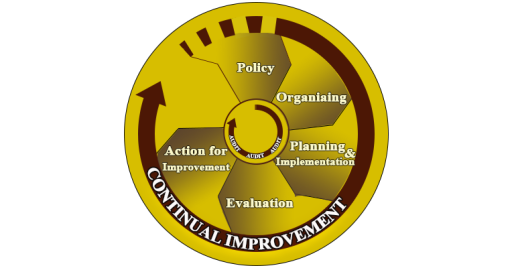
The following items are the main components of occupational health and safety management systems, which are interdependent.
The ILO has suggested these components as guidelines and a practical tool for organizations to achieve continual occupational safety and health performance improvement.
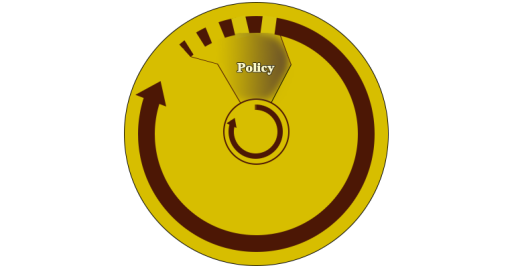
1- Policy
According to the ILO, employers should set out an OSH policy in consultation with workers. The policy should be explicitly written to the organizations and appropriate to its size and activities.
“Policy” is the first component of occupational health and safety management systems. It should be clear and confirmed by the signature of the employer or the most senior person in the organization.
It should be accessible to everyone at work and reviewed for ongoing effectiveness. The policy should comply with relevant OSH national laws and regulations and protect all organization workers’ health and safety.
Besides, employers should consult with workers or their representatives. They must be informed and trained on all aspects of occupational health and safety.
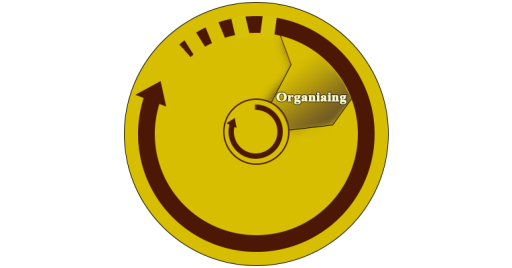
2- Organizing
Impeccable organizing is a crucial component of a proper occupational health and safety management system. It involves:
- 2.1- Responsibility and accountability
Employers should have all responsibility for the protection of workers’ safety and health. They must implement an OSH management system, which should be a line-management responsibility, and everyone at every level must know and accept it.
The system must define the organization members’ responsibility and, if it is essential, provides adequate supervision to ensure the protection. Some senior persons should be appointed with responsibility, accountability, and authority for periodic review and evaluation of the OSH management system. Those persons must report to the senior management and promote the participation of all members of the organization. - 2.2- Competence and training
Employers should define the necessary competence for every duty to ensure all persons are qualified to carry out the safety and health aspects of their duties and responsibilities.
Employers must be aware of work-related hazards and risks and provide all essential training to workers at no cost. - 2.3- Documentation
Based on the organization size and activity, occupational safety and health management system documentation should be established and maintained. It should cover all arrangements, procedures, instructions, or other related internal documents. All documents should be clear and revised as necessary. - 2.4- Communication
For responding correctly to internal and external related safety communications, arrangements and procedures should be established and maintained.
This item is required to ensure the internal communication of OSH information between relevant levels. Besides, the employer makes sure that workers’ concerns and opinions are received.
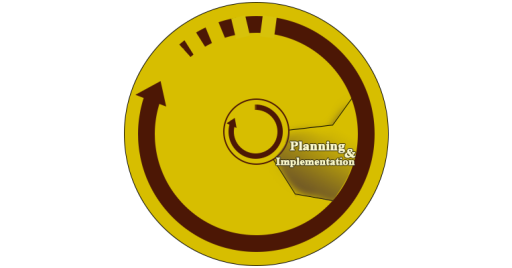
3- Planning and implementation
Policy and organizing steps have been done now, but it would be useless if the system doesn’t implement it. According to the ILO, this component of occupational health and safety management systems contains:
- 3.1- Initial review
If there is a former safety management system in the organization, the employer must first review it. Otherwise, the initial review will be a basis for establishing an OSH management system if there is no such system. The initial assessment should develop by competent persons in consultation with workers. - 3.2- System planning, development, and implementation
The planning must support compliance with national laws and regulations, and based on initial reviews, it should contribute to protecting safety and health at work. - 3.3- Occupational safety and health objectives
Along with the policy and according to the initial review, some objectives should be established. The OSH goals are specific to the organization and vary based on their size and activity. Occupational safety and health objectives should be realistic and achievable and revised if necessary. - 3.4- Hazard prevention
The employer must identify and assess hazards and risks to workplace health and safety. These hazards must be eliminated or controlled, and wherever it is not possible, the employer must provide essential PPE to protect workers from danger.
Organizations must establish hazard prevention and control procedures or arrangements based on national laws and regulations. These procedures or arrangements can be reviewed and modified if necessary.
Before any new works, material, processes, or machinery, the employer should carry out a workplace hazard identification and risk assessment.
Employers should consider emergency prevention, preparedness, and response. Based on the organization’s activities, such an emergency action could be required. Hazard prevention is so critical, and every organization must figure it on precisely.
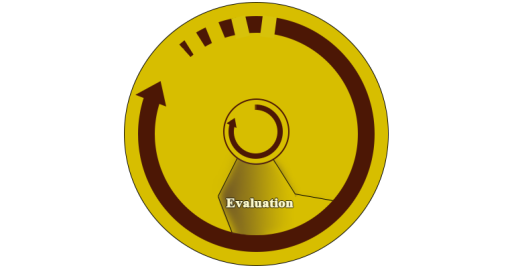
4- Evaluation
One of the main components of occupational health and safety management systems is evaluation. Every system must be evaluated and revised over time. The process should be monitored, and the OSH performance should be recorded.
On the other hand, every organization should investigate the origin and underlying causes of work-related injuries, ill health, diseases, and incidents. The employer should identify any failures in the OSH management system and document it.
Besides, there should be an audit policy in the safety system that determines whether the OSH management system and its elements are in place, adequate, and effective in protecting workers’ safety and health and preventing incidents.
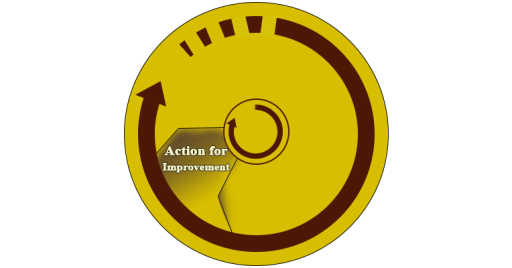
5- Action for improvement
The last main component of occupational health and safety management systems is actions that should implement for improvement. When evaluation shows that protective measures for hazards and risks are inadequate, the employer or any person in charge should improve the system.
The system should include some arrangements for continual improvement of the OSH management system’s relevant elements and the system as a whole.
The employer should also compare the organization’s health and safety processes and performance with other OSH management systems to improve health and safety performance.